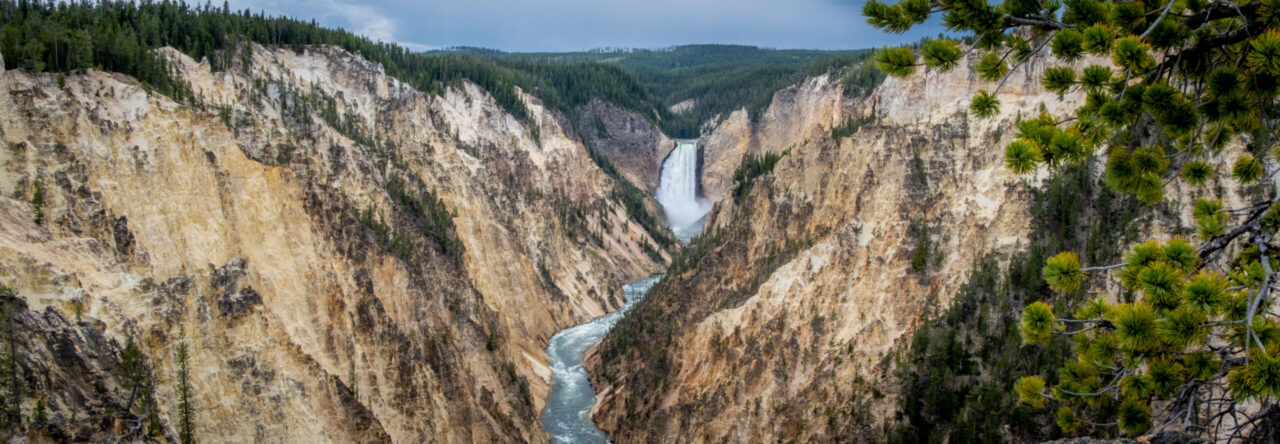
The first stop on our recent East Coast Road Trip was at the Onieda Community Mansion Museum. This is an interesting place with a unique history. We had first heard about the Onieda Mansion on an episode of Planet Money. You know the Onieda silverware company, right? Did you know that they started out as a 19the century, perfectionist cult and free love commune? The mansion house (now a museum) was the home of the Onieda Community from 1848-1880. Led by John Humprey Noyes, the community “challenged social views on property ownership, gender roles, child-rearing practices, monogamous marriage, and work.” The community was way ahead of its time in the in the rights of women, in that the women of the community were able to participate in community work and they played an active role in shaping policy of the commune. (wiki and Onieda Community)
The mansion house itself is a beautiful building with unique details. There are many community spaces to explore including a beautiful library. There is also a large meeting space where the 300 members of the community would come together for religious purposes as well as community meetings. It is hard to imagine 300 people living together under one roof. Nowadays, the building houses a museum, gift shop, as well as apartments, and guest rooms. It was a very interesting place, but I will admit it had a kind of creepy vibe to it. The Onieda Community may have failed as a cult/commune/eugenics experiment, but they do make nice silverware.

While in Onieda, we also discovered the Wold’s Smallest Church. The Cross Island Church was built for a wedding so it can house a couple with a minister while the guests watch from boats on the water. I wish we had heard about this place earlier because we may have called ahead for a tour, instead we viewed it from the road. More information about this tiny church can be found at RoadSideAmerica.com.
Thanks for stopping by and reading what has to be one of the strangest posts on this blog! If you like my photos be sure to “like” my Facebook Page, follow me on Instagram, and Flickr! You can purchase prints on Etsy and Fine Art America. To see inside my camera bag, check out my Gear Page. For information about our new Guided Photography Tours, visit GuidedPhoto.com.
Pin This:














